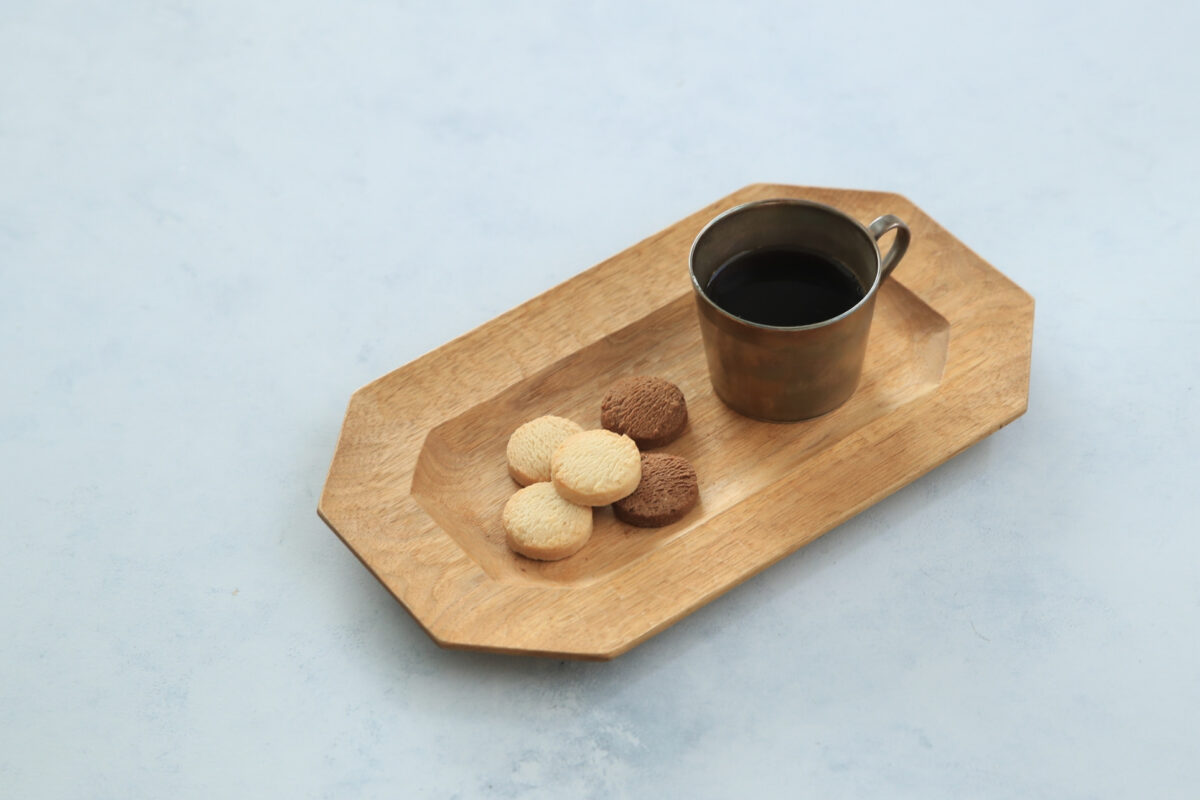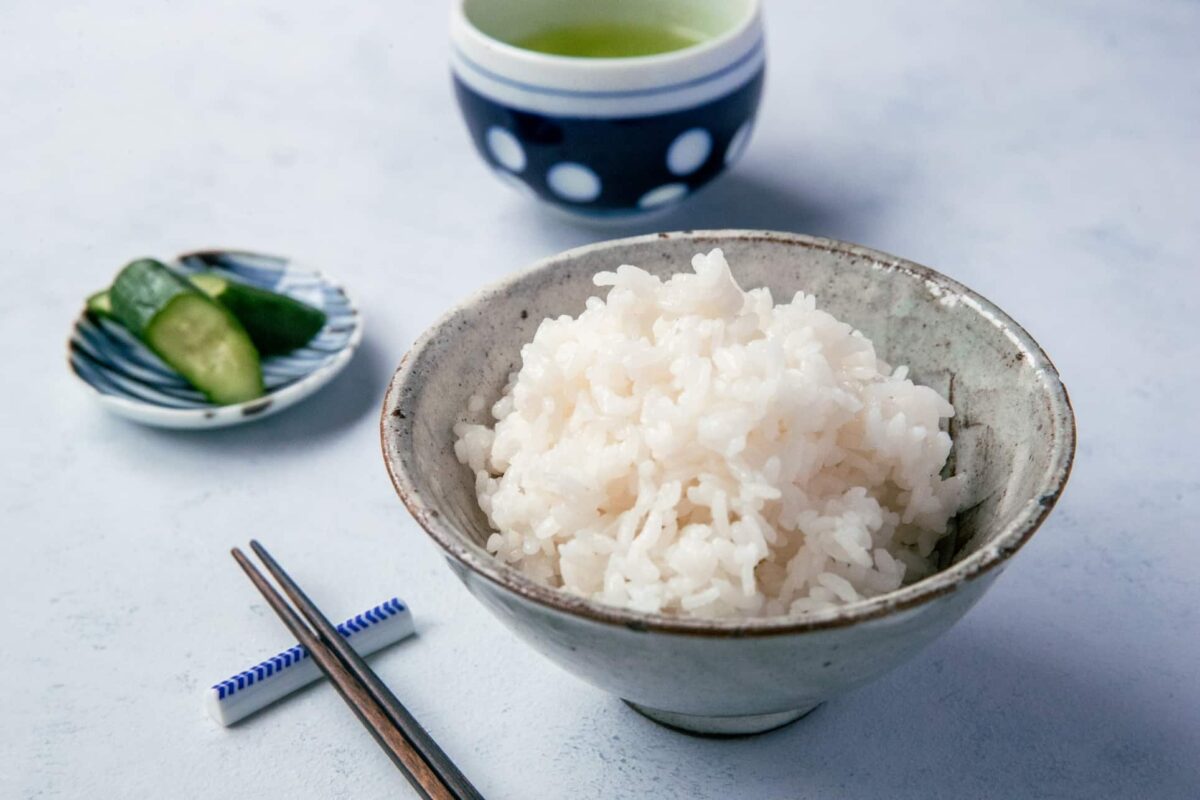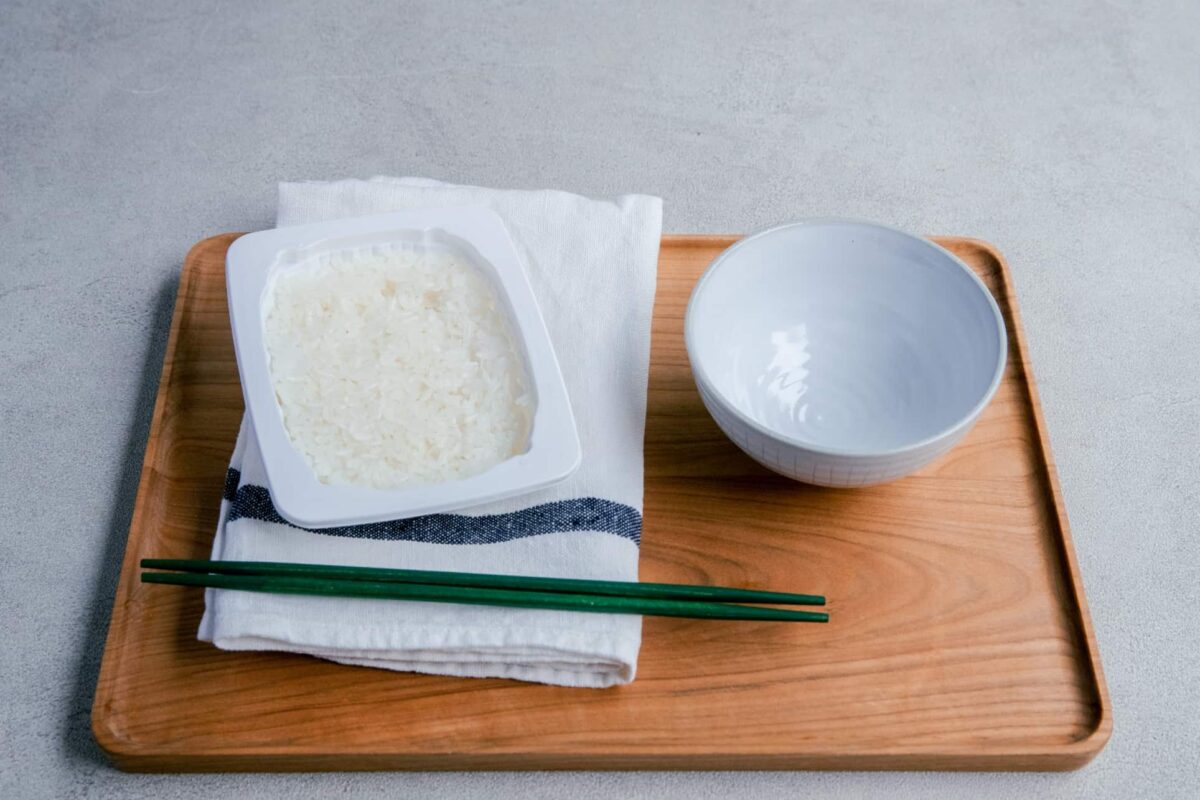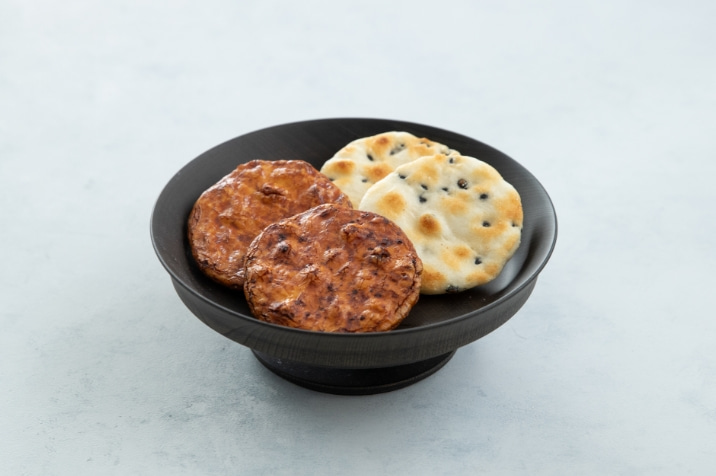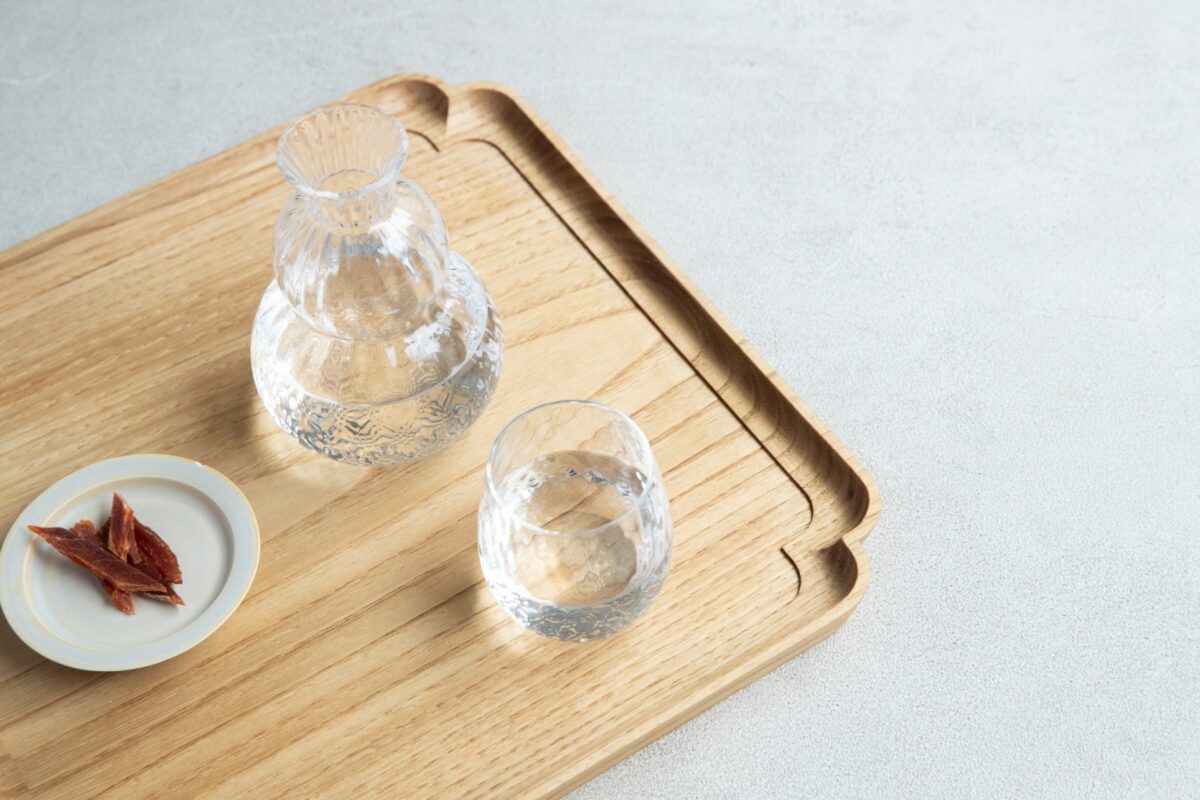Rice Flour 米粉
introduction
Popular gluten-free option グルテンフリーで注目
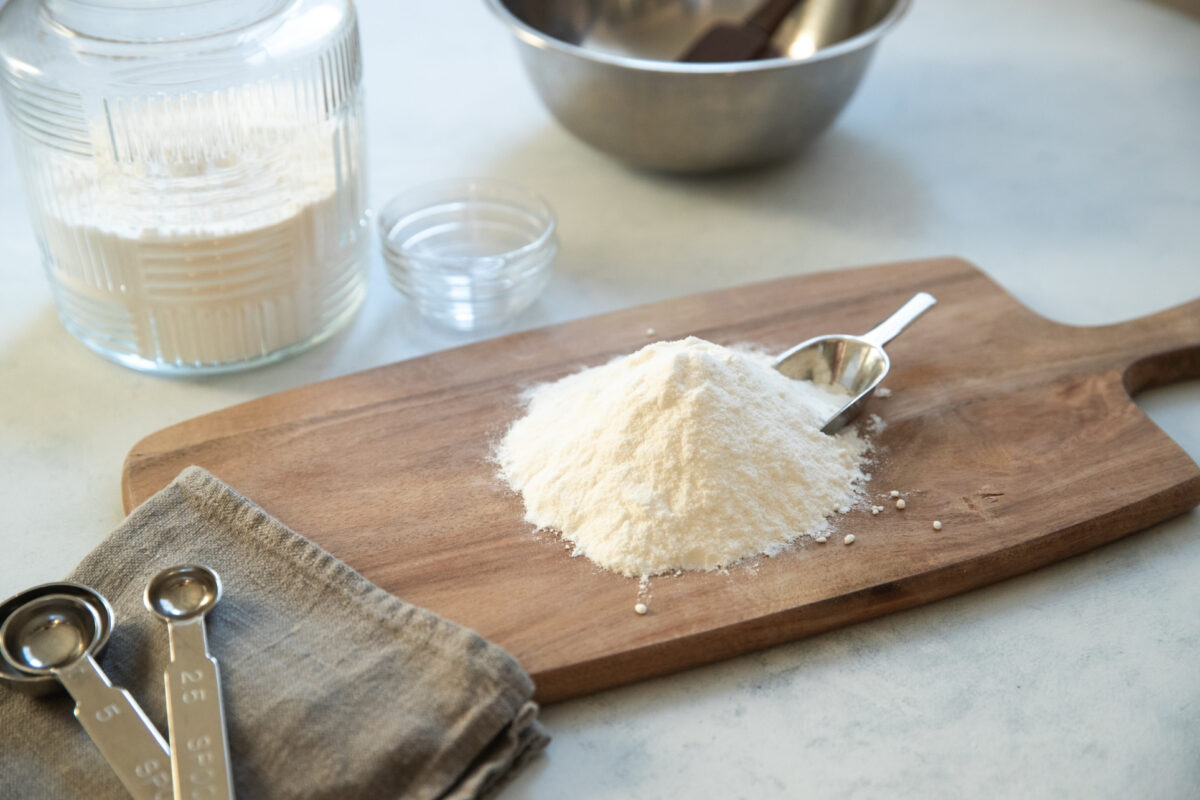
Rice flour has been used in Japan since long ago to make Japanese sweets, wagashi and rice crackers, senbei. In recent years, Japan’s outstanding rice milling technology has been used to make rice flour, which is a popular substitute for wheat flour in recipes like confections, bread, and noodles. A major difference from wheat flour is that it is gluten-free. There are also rice flours with non-gluten certification made under even stricter production-process control standards than the Western gluten-free criteria.
How to eat
Improved texture 米粉で食感アップ
When making bread or noodles, using rice flour instead of wheat flour creates a fluffier or chewier texture. Rice flour absorbs less oil than wheat flour, so it can be used in tempura and other deep-fried foods to make them healthier and create a light and crisp texture. It can also be used to thicken soups and stir fries, and it does not clump like wheat flour does, so it does not need to be sifted. Rice flour that is made from safe and reliable Japan Rice is also perfect as an ingredient in baby food.
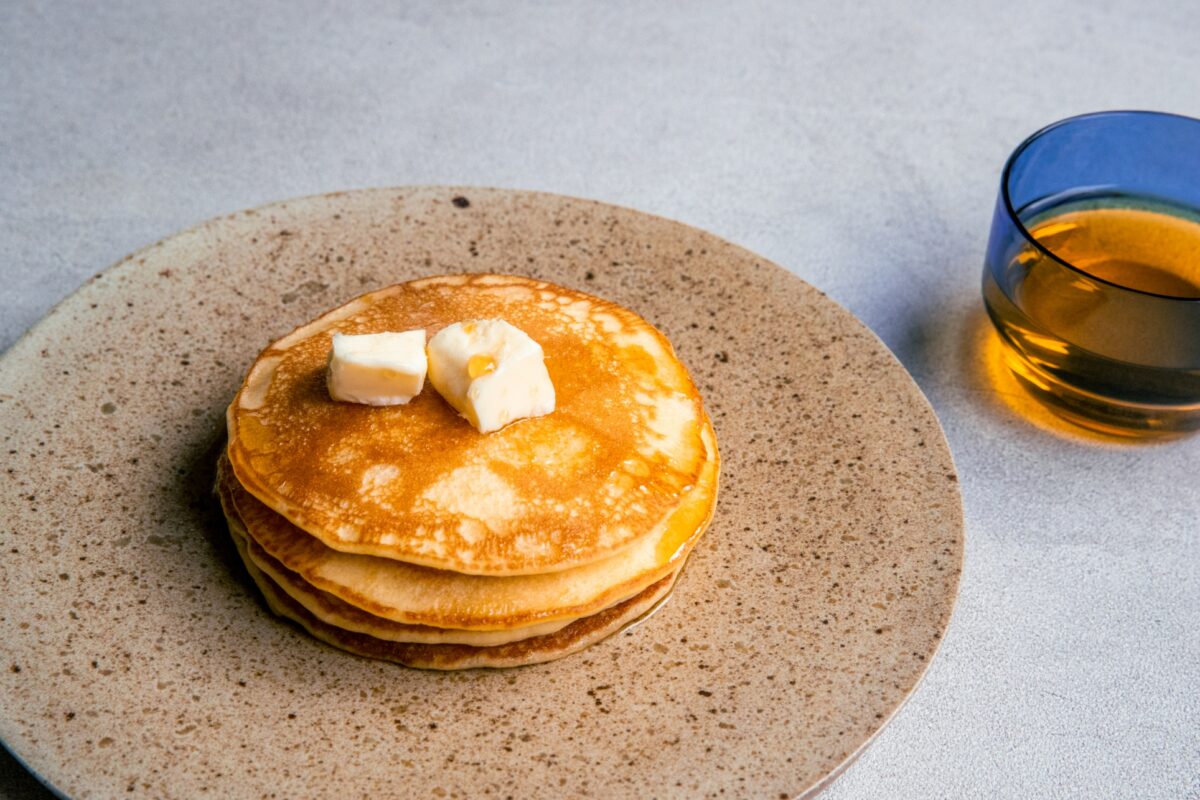
Japan quality
Control of components 用途に合わせて成分コントロール
Rice flour in Japan can be processed to different levels of fineness depending on the use, and its low starch damage rate creates good rise in recipes like breads and cakes. Also, varieties of rice have been specially developed in Japan for rice flour. Different types are sold for various uses, with different volumes of amylose, which affects stickiness and softness. For example, rice flour with low amylose content is best for chiffon cakes and other soft baked sweets as well as recipes like soups, whereas standard rice flour is best for bread and tempura, and high-amylose rice flour suits noodles and other foods that need to be quite firm. Rice flour jelly made with high-amylose rice flour also has potential as food for people with swallowing dysfunction.
For wellness
Japan’s “non-gluten” standard 日本だけの「ノングルテン」基準
Gluten-free rice flour is gaining popularity worldwide. Gluten has been used in bread, confections, and noodles to produce a sticky, springy, and chewy texture. However, there are many people in the United States and Europe with celiac disease and other gluten allergies who are sensitive to the gluten contained in wheat and other ingredients. Gluten-free products and meals are being created for people with gluten allergies, and rice flour is an ingredient that can be used in the same way as flour made from wheat and other grains. In contrast to wheat flour, rice flour contains no gluten, so its potential is gaining attention.
Organizations like the Food and Drug Administration (FDA) in the United States and the European Community (EC) in Europe have set a standard of 20 ppm of gluten or less (less than 20 ppm for the FDA) for labeling a food as gluten-free. As allergies are affected by a person’s weight, physique, and physical condition, an even stricter standard called “non-gluten” has been established in Japan. It requires a gluten content of 1 ppm or less. Products that are certified in a strict inspection are marked with an official non-gluten label. Rice does not naturally contain any gluten, making it safe for people following a gluten-free diet. So, it is a food that enriches the diet of people with gluten allergies.
